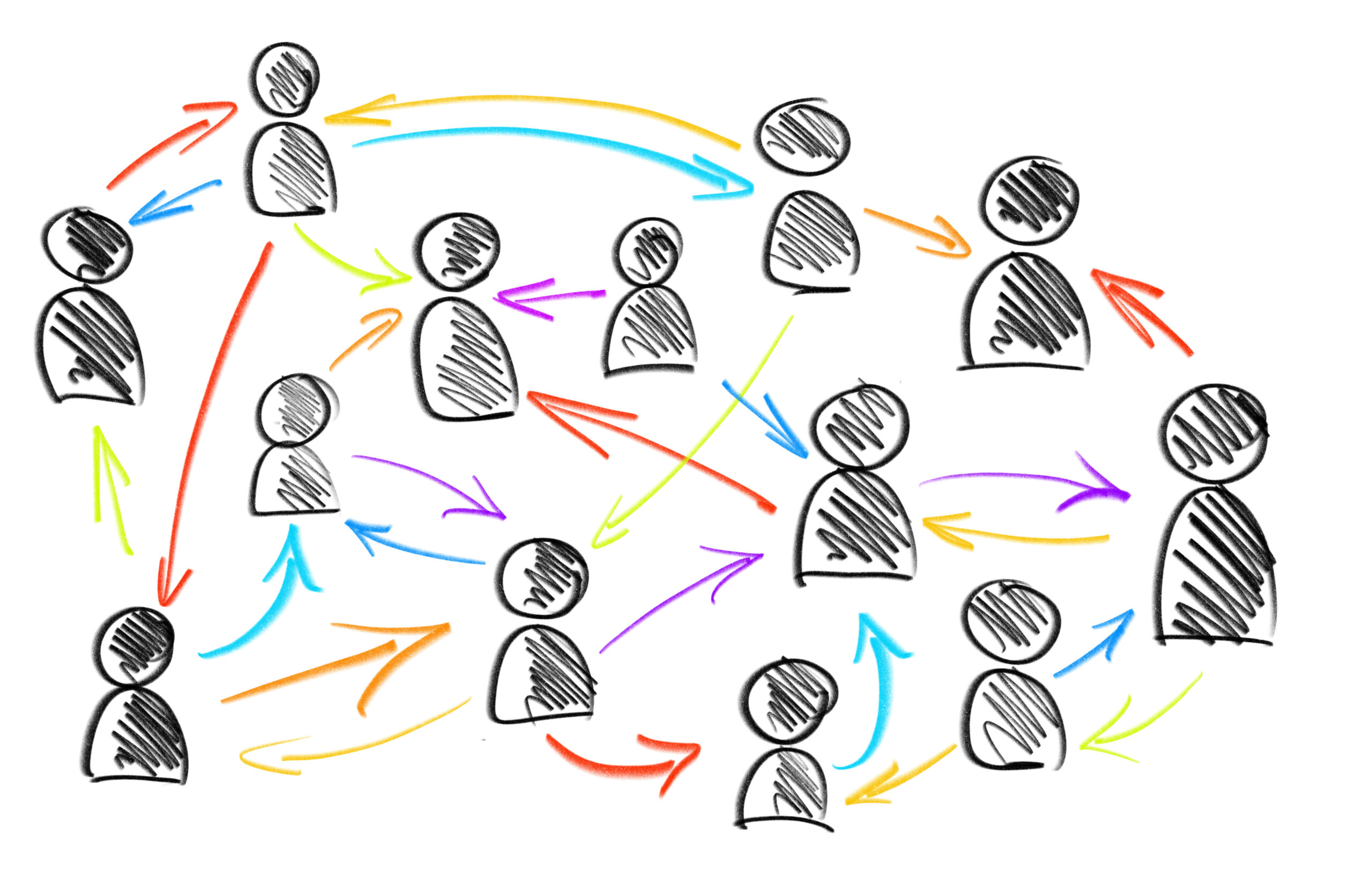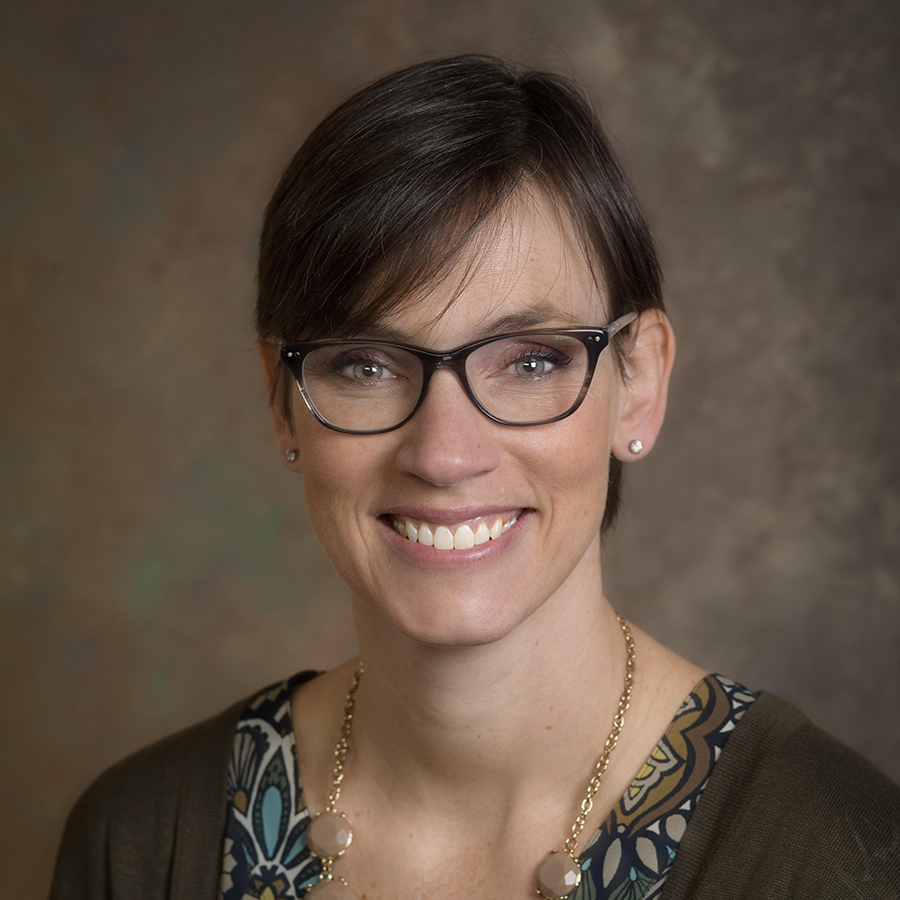Blog 1 in a two-part series on knowledge mobilization
November 13, 2023 | By Elizabeth Farley-Ripple
One of the truths I’ve learned over my time as an education researcher is that most scholars want to make a difference. Most of us got into this business because we felt we care about and want to do work that matters. We want to make a difference in the field, to what happens in schools, and to the lives of children and families. But another truth I’ve learned over time is that most of us don’t really know how to have that impact.
As a scholar of the relationship between research and practice, I’ve spent a lot of time trying to understand how research can matter more in policy and practice. With many of my colleagues at the Center for Research Use in Education, I’ve conducted research that sheds light on when and how research is used, the path research travels as it finds its way into policy and practice, and promising strategies and activities for mobilizing research knowledge.
In this first blog post of a two-part series, I highlight a few lessons learned to discuss what we know about the path between research and practice. Let’s start with what we’ve learned from two studies conducted with my colleague Samantha Shewchuk.1
Stops along the path to practice tend to transform the research
The first major lesson from our work is that impact is never as simple as the research-dissemination-utilization model many of us have in mind. We imagine producing relevant findings, pushing them out through reports or journal articles (or blog posts like this), and then policymakers or educators will find and take them up in practice.
The reality, however, is that most research makes many stops on the path to practice. Stops are places where the research might be exchanged, transformed, or otherwise communicated among education stakeholders. For example, a journal publishes an article, a researcher presents at a conference, or a coach hears about the work in a professional development session.
We call these stops knowledge exchange events, and the research-to-practice path is made up of multiple knowledge exchange events. In each of these events, different stakeholders are involved – researchers, intermediaries, policymakers, educators, parents, and more. This means that folks are communicating about the research in different ways, that research needs to be transformed from one format to another, from a report to a conference presentation, a conference presentation to a toolkit, and so on.
So as research moves into policy and practice, the path is rarely direct. Research is often transformed in a process that involves a diverse set of actors and organizations. This makes impact hard to predict and sometimes more serendipitous than strategic.
Educators and policymakers go to trusted sources

A second major lesson from our work is that educators, whether in schools or districts, and policymakers of all levels go to sources they trust. Sometimes those sources are individuals – perhaps researchers with whom they have a relationship. Other times the sources are associations in which they are members.
Many times, though, trusted sources are organizations led by practitioners or those with a history of working with policy or practice communities. For example, educators may turn to professional associations such as the National Council for Teachers of Mathematics, the American Federation of Teachers, or Learning Forward. These organizations are all historically created by and for educators, creating a credibility and trust. Other organizations or people have worked hard to build relationships with audiences over time, such as research–practice partnerships, or have built reputations as a source of useful knowledge, such as the Marshall Memo.
The reality is that educators have many options when choosing sources of information. The education ecosystem is, in fact, enormous. In our survey of more than 4,000 educators, more than 4,000 organizations or media sources were named as sources of research-based information, including news sources, regional organizations, and local school districts – and this doesn’t count word of mouth or other educators!2
Becoming a trusted source is therefore no small task. It requires you to convince your audience that the information you are coming in with is more important, valuable, relevant, or credible than information from the sources they already rely on.
Research must make sense within the local context
A final lesson learned, and worth considering in your knowledge mobilization strategy, is that educators, policymakers, or any audience using research evidence must make sense of it for their local context. This means understanding how the research may be useful for their need, as well as what the advantages and limitations of that research are in their context. Does this idea or practice apply to the students that they serve? Does it map onto the resources they have available to address this issue? Is it politically viable?
These are all questions that educators report considering when making decisions at the local level.3 Educators engage with and wrestle with these ideas as they make decisions about what information to act on. That sensemaking becomes a critical part of the process that may explain why practices are not used with fidelity or when decisions to not implement a program or practice are made.
How can we apply these lessons?
These lessons are likely familiar to researchers and developers designing and evaluating education interventions. How then do we apply these lessons as we develop innovative, accessible solutions for teaching and learning? In the second blog post in this two-part series, Taking the first step: Strategies for effective knowledge mobilization, I’ll present some strategies and concrete first steps we can take to apply these three lessons to our work as researchers and developers.
About the Author

Dr. Elizabeth N. Farley-Ripple is a professor in the School of Education and director of the Partnership for Public Education at the University of Delaware. She earned her Ph.D. from the University of Pennsylvania in Education Policy and has been working in educational research for ten years. She has expertise in quantitative and mixed methods and applies a variety of methodological tools to research projects, including in regression, multi-level models, social-network analysis, surveys, and content analysis. Her research expertise is in policy analysis and evidence-based decision-making, and recent work includes studies of administrator mobility, school and teachers’ use of data, teacher quality and effects, and equity in student outcomes.
Shewchuk, S. & Farley-Ripple, E.N. (2023). Understanding Brokerage in Education: Forward Tracking from Research to Practice. Center for Research Use in Education, University of Delaware. https://crue.cehd.udel.edu/wp-content/uploads/2023/08/Understanding-Brokerage-in-Education_Forward-Tracking-2023.pdf
2 Farley-Ripple, E.N. (2021). Research brokerage: How research enters and moves through schools. Newark, DE: Center for Research Use in Education, University of Delaware. http://www.research4schools.org/research-brokerage/
3 Farley-Ripple, E.N., Tilley, K., Mead, H., Van Horne, S., & Agboh, D. (2022). How is evidence use enacted in schools? A mixed methods multiple case study of “deep use” schools? Center for Research Use in Education, University of Delaware. http://www.research4schools.org/how-is-evidence-use-enacted-in-schools-a-mixed-methods-multiple-case-study-of-deep-use-schools/
Tags: Evidence-based Policymakers Research & Developers Research and evaluation
